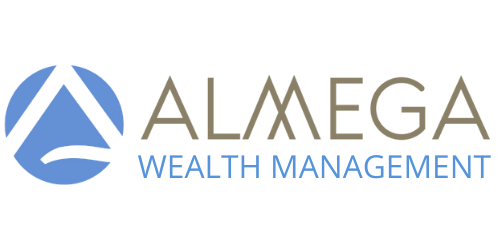A Roth Conversion is basically taking some of the money in your Traditional IRA portfolio and moving it to a Roth IRA. The advantage to a Roth IRA is its tax status.
When you convert money from a Traditional IRA to a Roth IRA you’ll have to pay taxes on the conversion since you didn’t pay taxes on the assets when they were contributed into the Traditional IRA. But once in the Roth IRA, those assets, for all intents and purposes, will never again be touched by the government. Gains and distributions are tax-free, even when the money is inherited. The Roth owner also doesn’t have to take out required minimum distributions — ever. (That, of course, doesn’t apply to inherited Roths, but even there the money comes out tax-free.)
The best time to do a Roth conversion is right after the stock market has experienced losses because you can roll over more shares of stocks, mutual funds, or ETFs at lower valuations. This means lower taxes than you might have had to pay if the conversion had been made at market highs. Assuming the markets recover, all the future gains will happen in a totally tax-free environment.
The Roth conversion can be made a bit more valuable if, at the same time, due to the same market downturn, we can ‘harvest’ $3,000 worth of losses in a taxable portfolio which we can use to offset the taxes on the Roth Conversion. Moreover, if you can afford to pay the taxes out of your taxable portfolio or income the Roth Conversion makes even more sense.
While a market downturn isn’t fun, we certainly can do our best to make lemonade and create efficiencies in your portfolio.
If you would like to discuss this strategy please call or email me.
Ps. We’ll want to include your CPA in the conversation to dot the i’s and cross the t’s.
